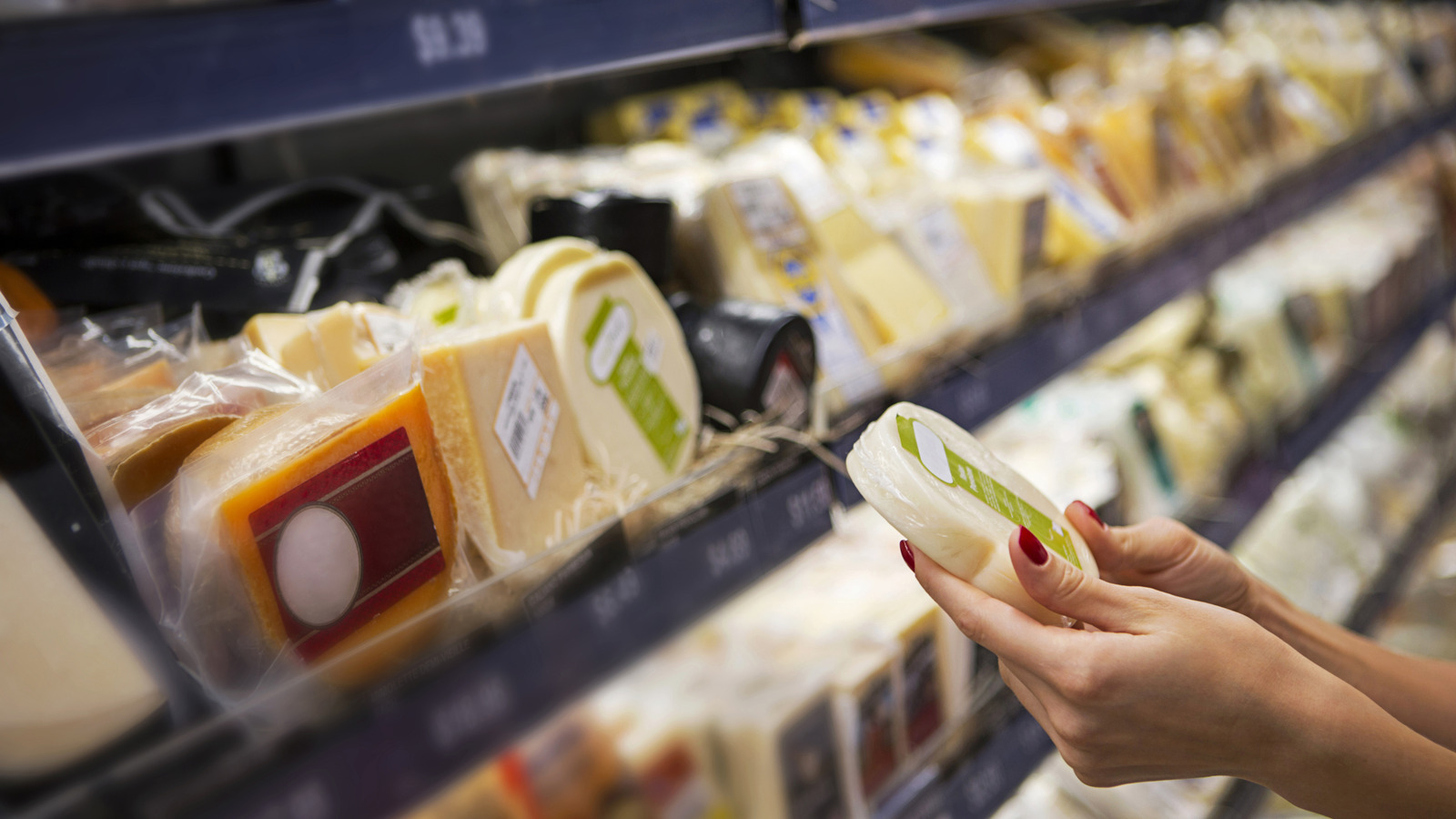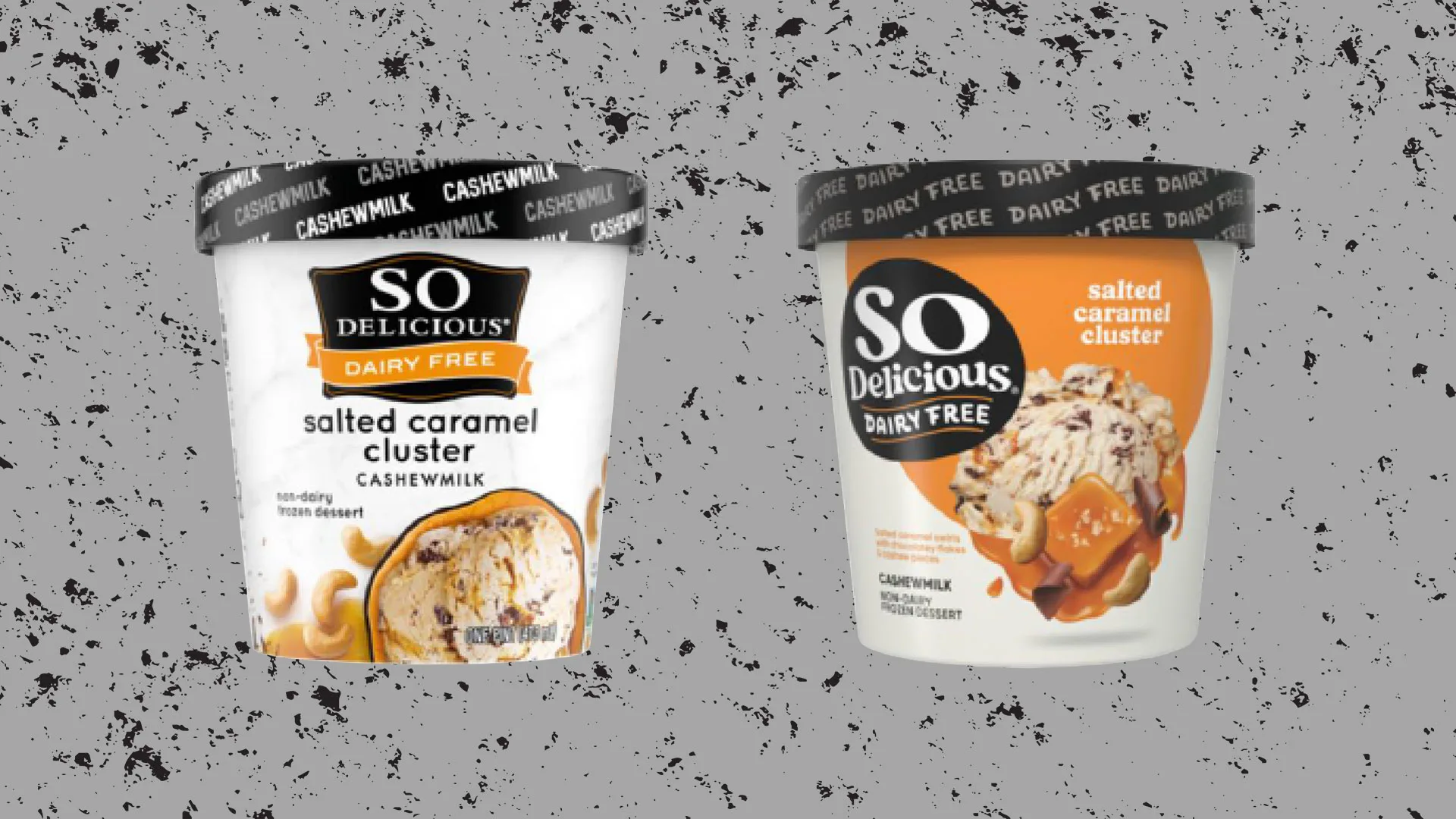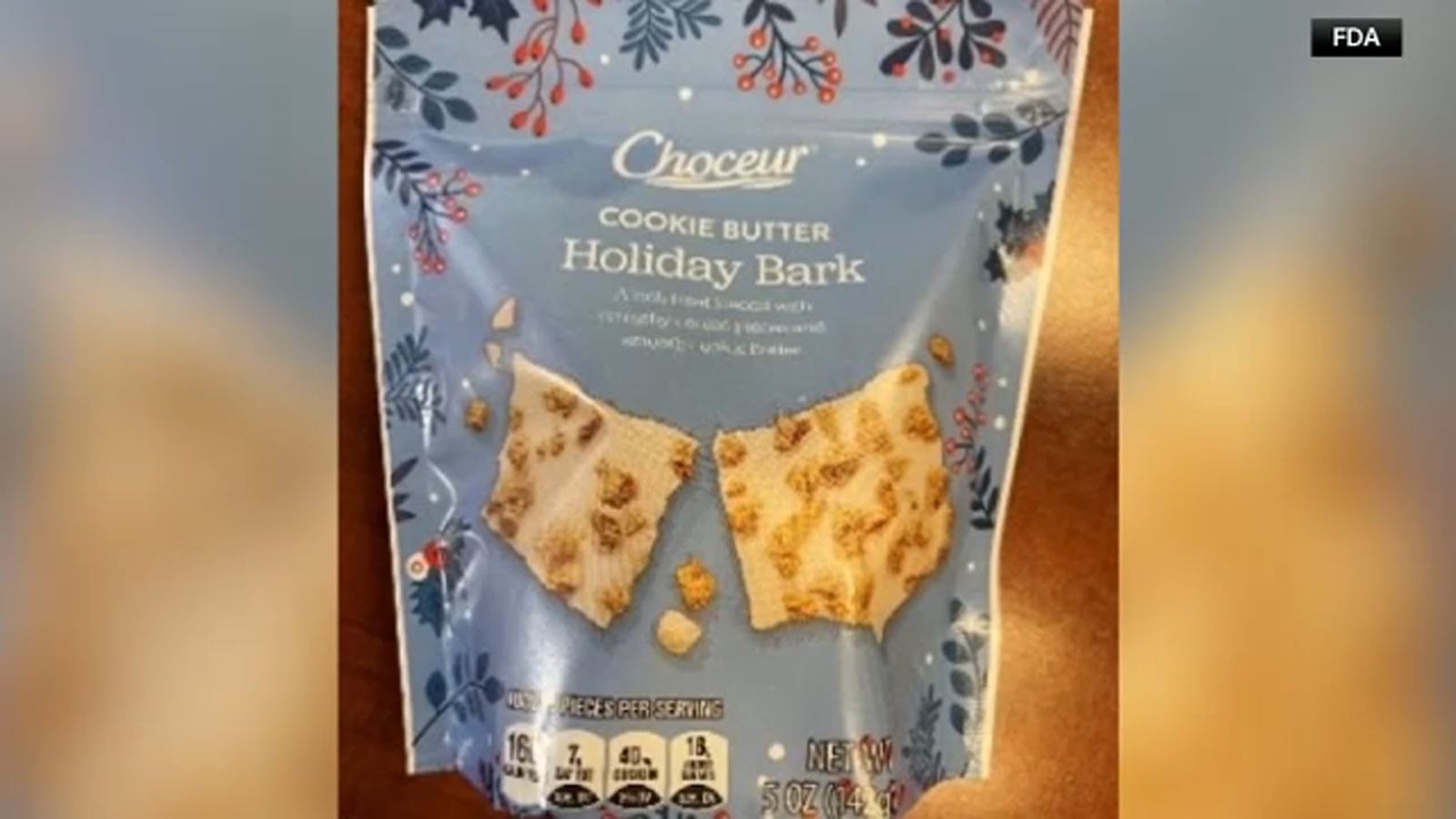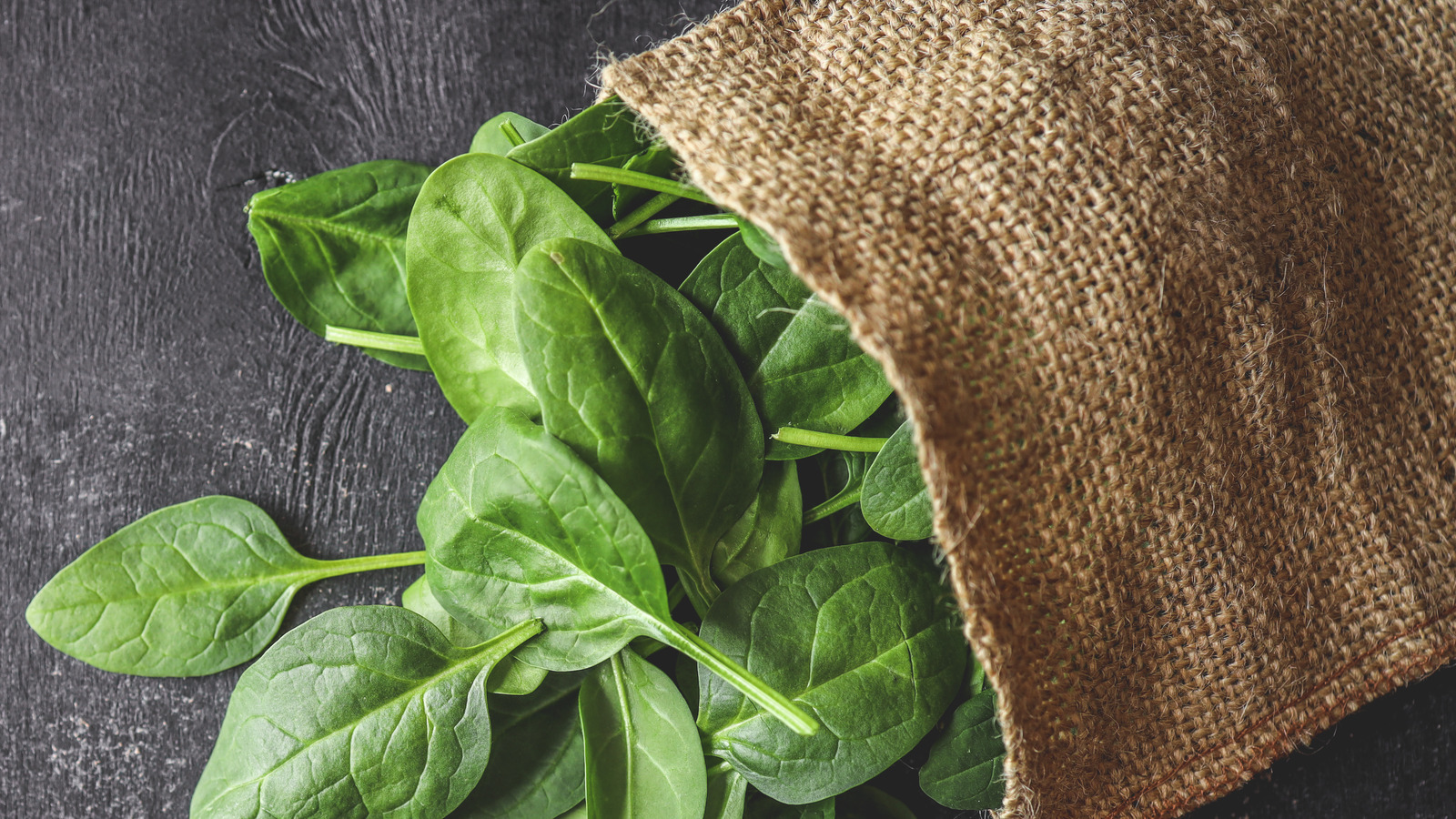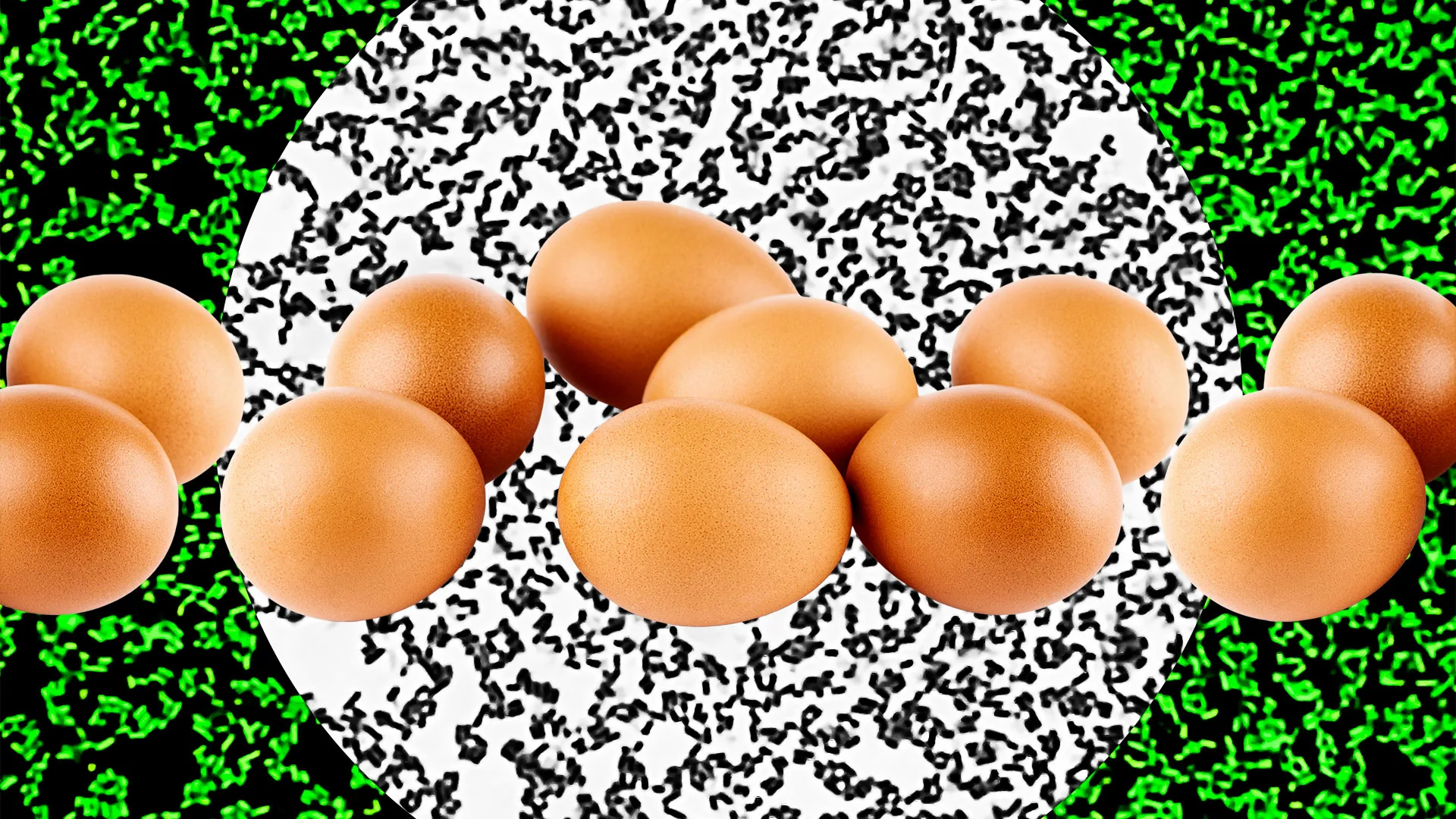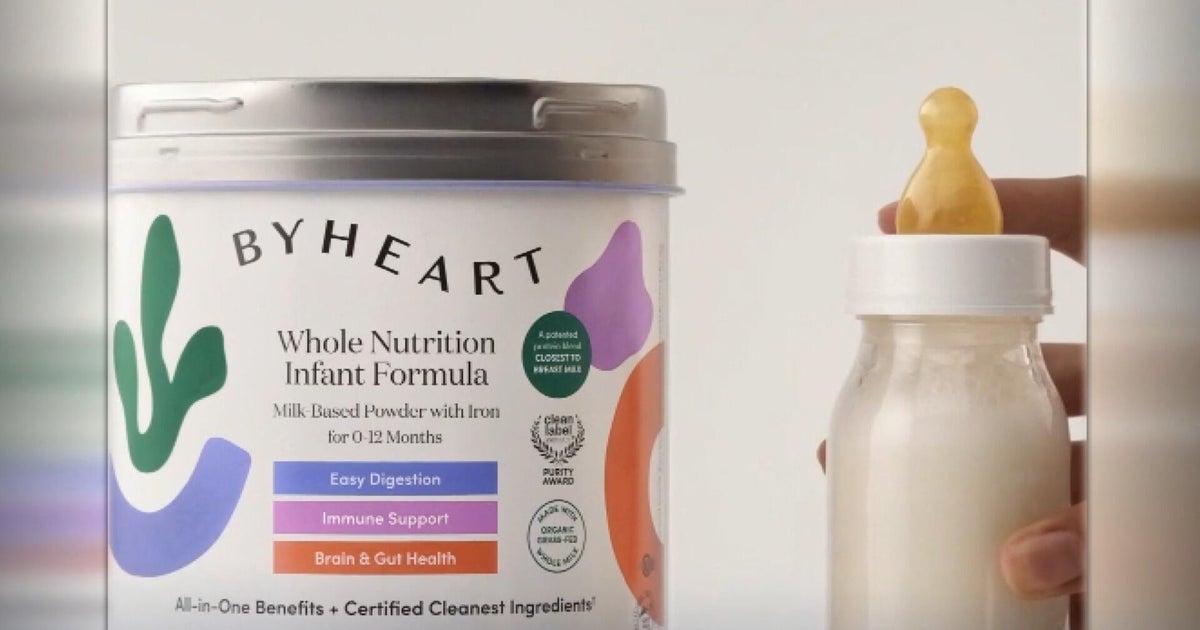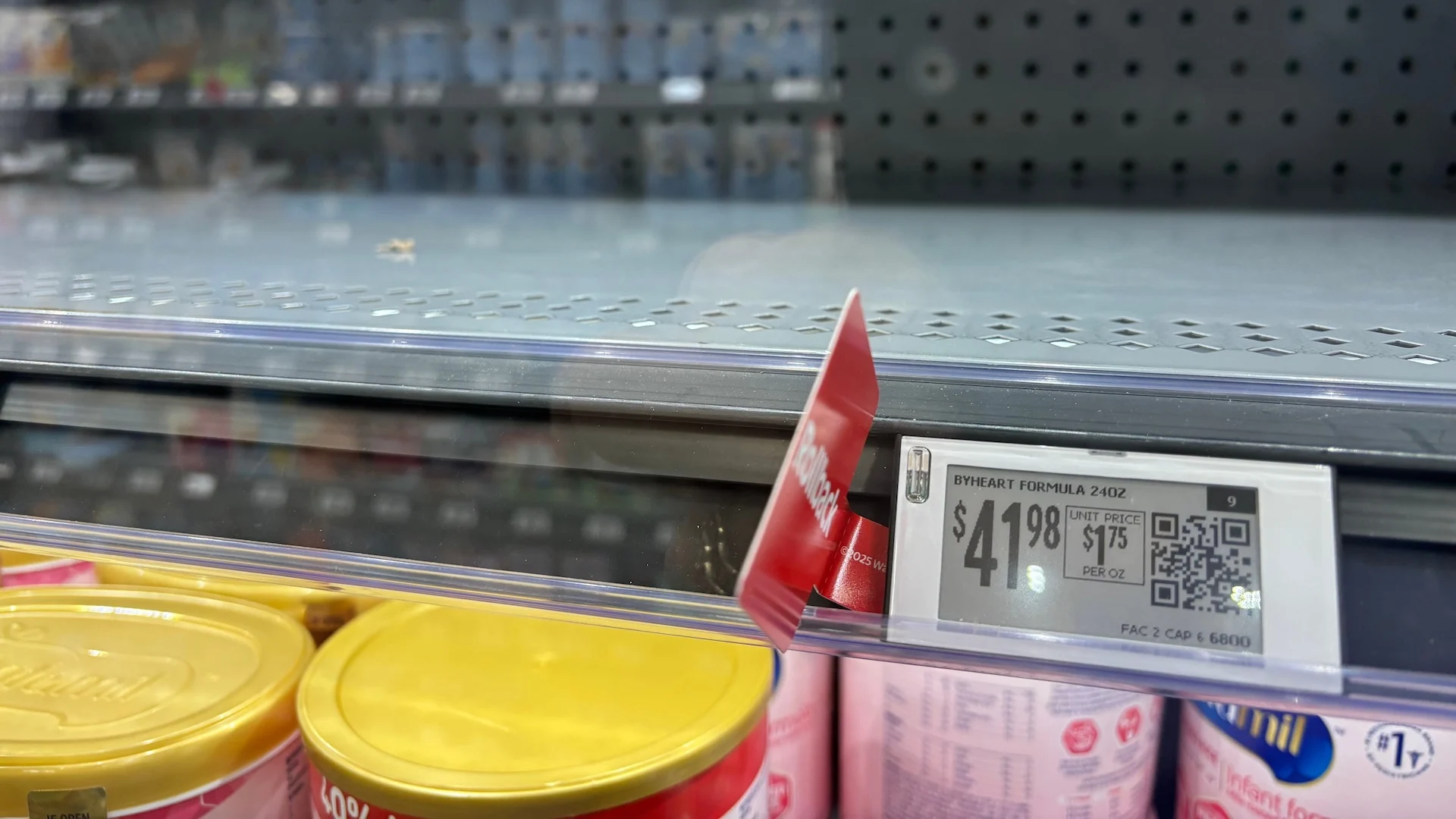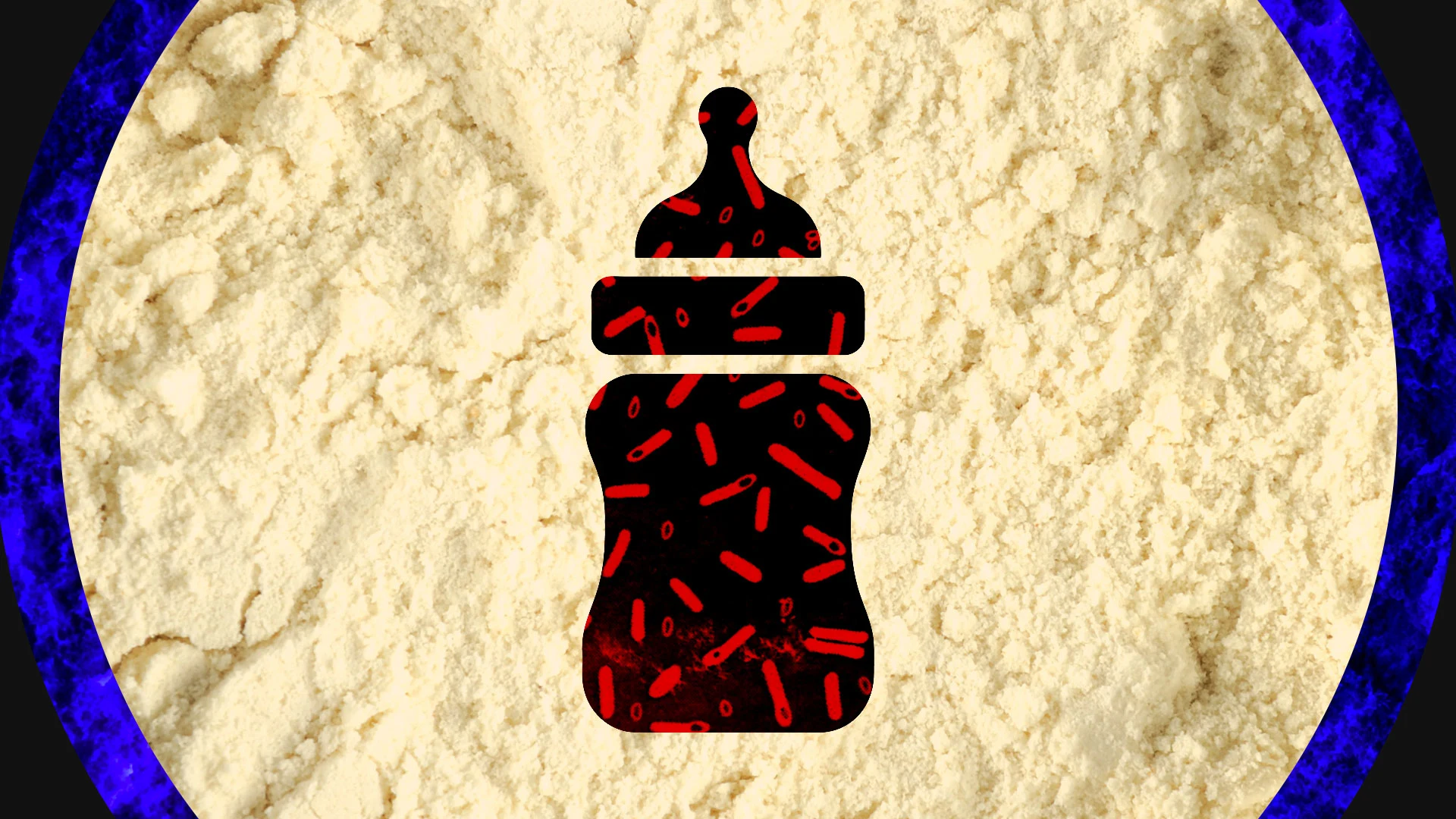fromTasting Table
8 hours agoWatch Out For These 7 Red Flags When Buying Fish And Seafood - Tasting Table
When it first reaches you, the idea of seafood is one of cleanliness. Maybe it's the associated freshness of the ocean, or its reputation as a healthy food. However, underneath upscale presentations or coastal dreaming, there is a complex and opaque part of the global food system at work, and it's not always at the front of mind when shopping for fish and seafood.
Food & drink
